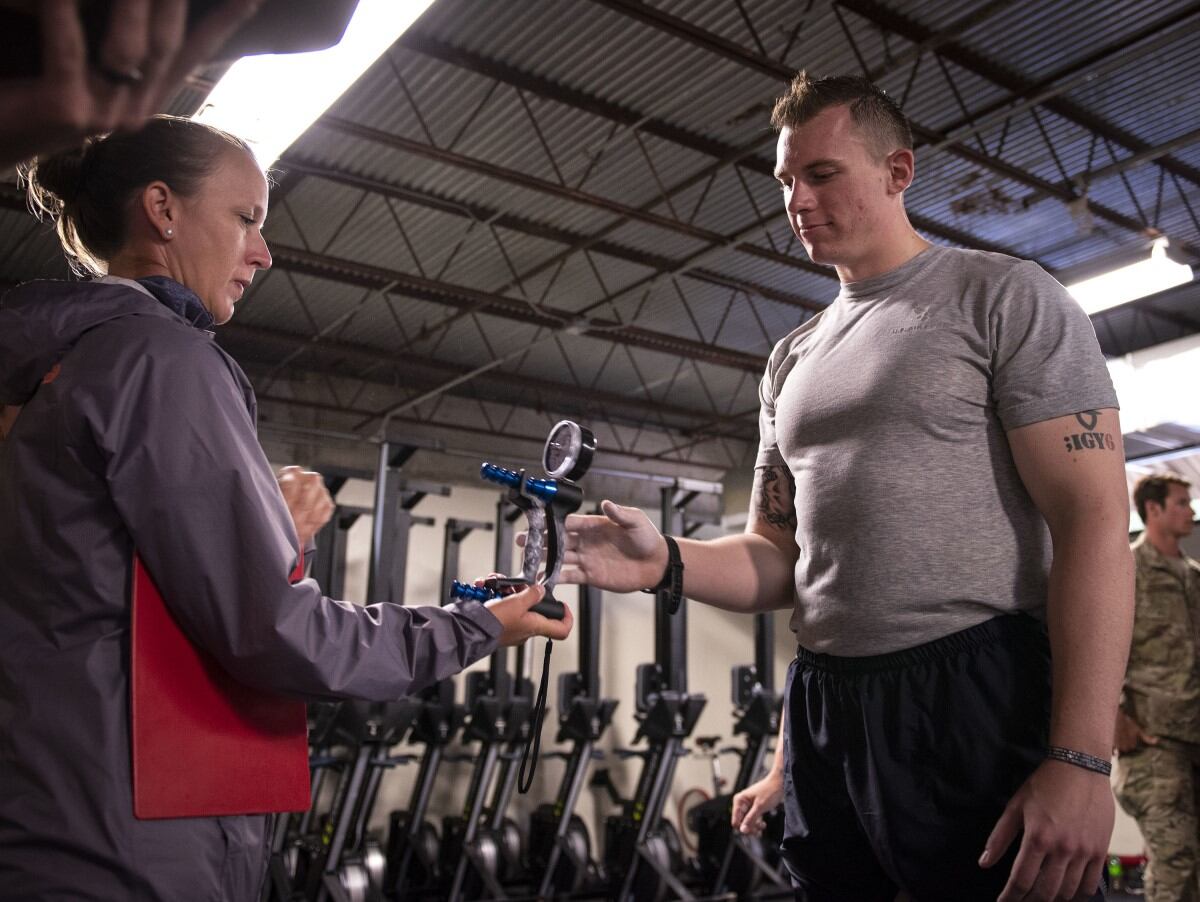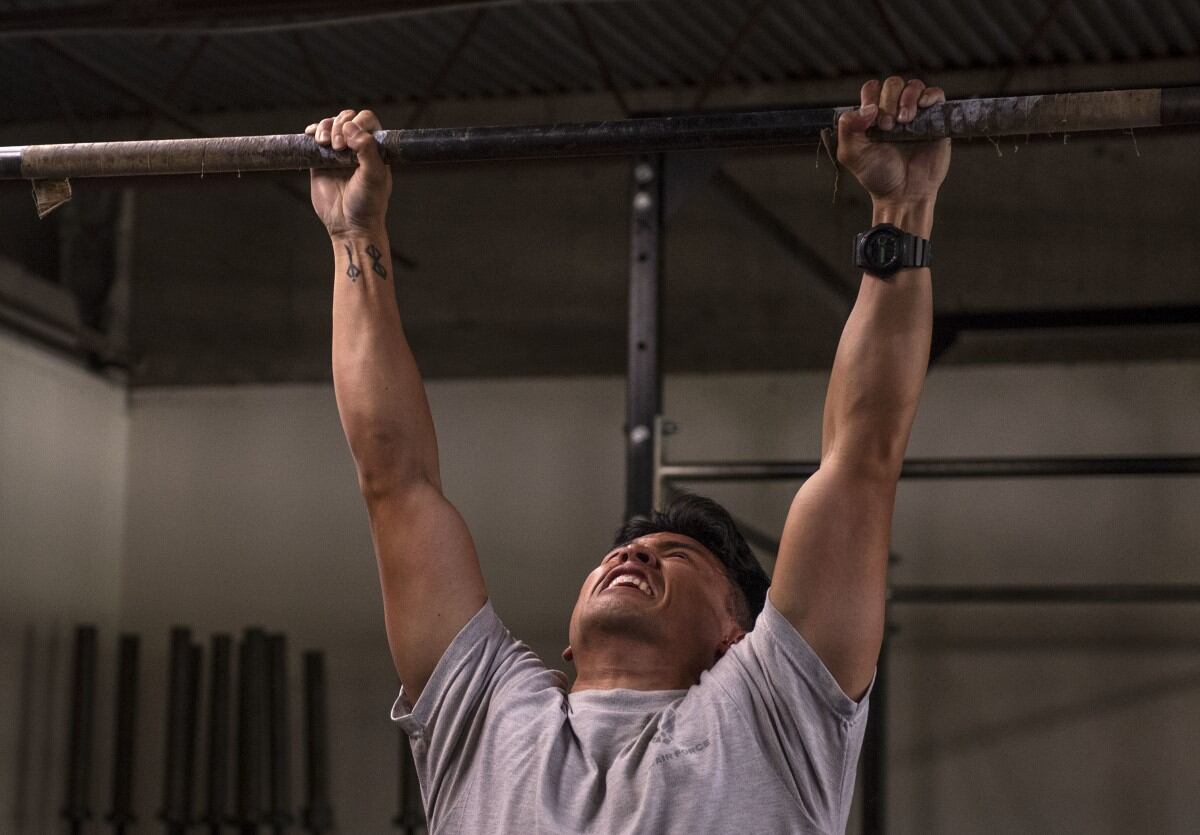For the past several years, the Air Force has been working on a new system of fitness tests for airmen in physically demanding jobs, tailored specifically for each career field.
These Tier 2 PT standards are now on the verge of becoming official for airmen in seven career fields in 2020 — and more jobs could get similar requirements in the years to come.
Unlike the regular, or Tier 1, fitness standards all other airmen are required to meet, Tier 2 standards are gender-neutral and are designed to emulate the physical challenges airmen will regularly face when doing their jobs. Special tactics airmen would be tested on Tier 2 standards, but some other career fields that are also very physically active — including firefighters and explosive ordnance technicians — would also get their own fitness tests.
For example, the Tier 2 standards for tactical air control party airmen are designed to predict their ability to carry heavy equipment or climb over obstacles or into a helicopter.
When the Air Force first previewed the Tier 2 standards for TACPs in January 2018, it included a 1.5-mile run that was much tougher than other airmen ran, as well as other exercises such as a 100-yard farmer’s carry, a medicine ball toss, a grip strength test and weighted lunges, among others.

The idea is, if an airman can do those demanding exercises, he will be able to carry out the grueling pace of serving as a TACP on the battlefield.
In September 2018, the Air Force tested a prototype of a similar PT test designed for EODs that included what was described as a “brutal” exercise known as the “Gruseter.” That exercise was designed specifically for the EOD Tier 2 test and had airmen wear 30-pound vests and at times carry a 50-pound sandbag. The 80 pounds of additional weight was meant to make sure those EOD airmen could do their jobs while wearing the 77- to 82-pound protective suits.
In an email Friday, the Air Force provided an update on where career fields are in the process.
RELATED

♦ TACPs and their officer equivalent, air liaison officers, are among the furthest along. TACPs and ALOs have finished the entire process of developing the fitness tests and simulations, validating the standards and training units, and are now in the midst of a one-year adaptation period where the final tests and standards are put into place, said Capt. Carrie Volpe in the email. The Air Force is still reviewing the final decision on when Tier 2 tests for TACPs and ALOs will actually take effect, Volpe said.
♦ EOD airmen are also done with the development process, and the Air Force is considering making it an official Tier 2 test in 2020, Volpe said. This career field is also in its one-year adaptation process.

♦ Other special tactics career fields — combat rescue officers, pararescuemen, special tactics officers, combat control and special reconnaissance airmen, previously known as special operations weather team airmen — are about halfway through the development process, Volpe said. For those career fields, the Air Force has analyzed their critical physical tasks to see what they need to do, developed fitness tests and simulations to emulate those tasks, and validated and set the physical tasks and standards. But the Air Force still has to implement, verify and refine the prototype tests, train units, and put the tests into place. Volpe said that is expected to be finished in 2020.
♦ Security forces and fire emergency services, two non-special tactics jobs — have been approved to begin the process, and are expected to be finished in 2021.
♦ The survival, evasion, resistance and escape, or SERE, career field has also been approved to start development of its own Tier 2 standards.
♦ Civil engineering has asked permission to begin the process, but has not yet been approved. Volpe said it’s too soon to tell when they might have their tests, because the study process — which typically takes three years — has not yet begun.
Other career fields have expressed interest, but have not yet made official requests, Volpe said.
Stephen Losey is the air warfare reporter for Defense News. He previously covered leadership and personnel issues at Air Force Times, and the Pentagon, special operations and air warfare at Military.com. He has traveled to the Middle East to cover U.S. Air Force operations.




